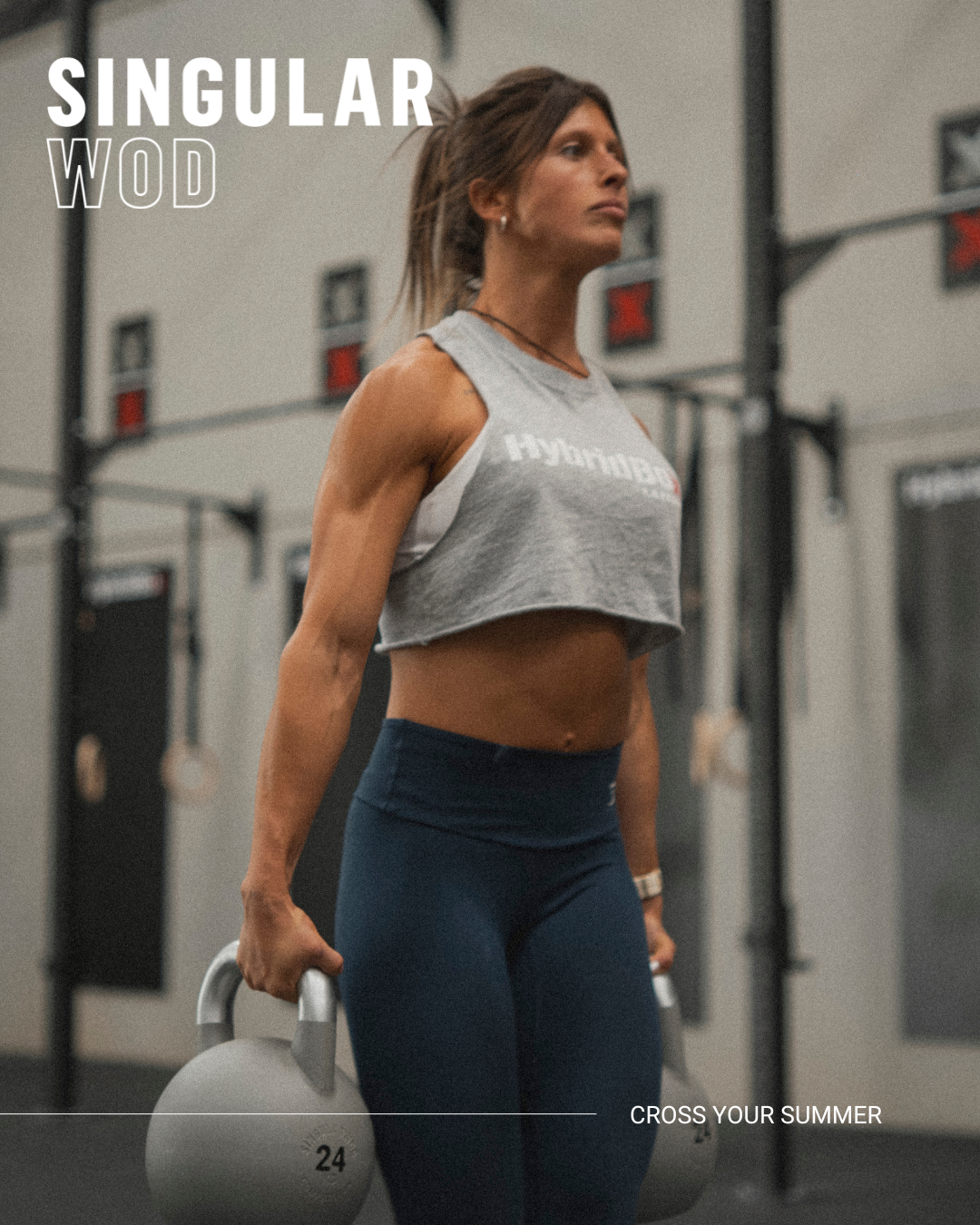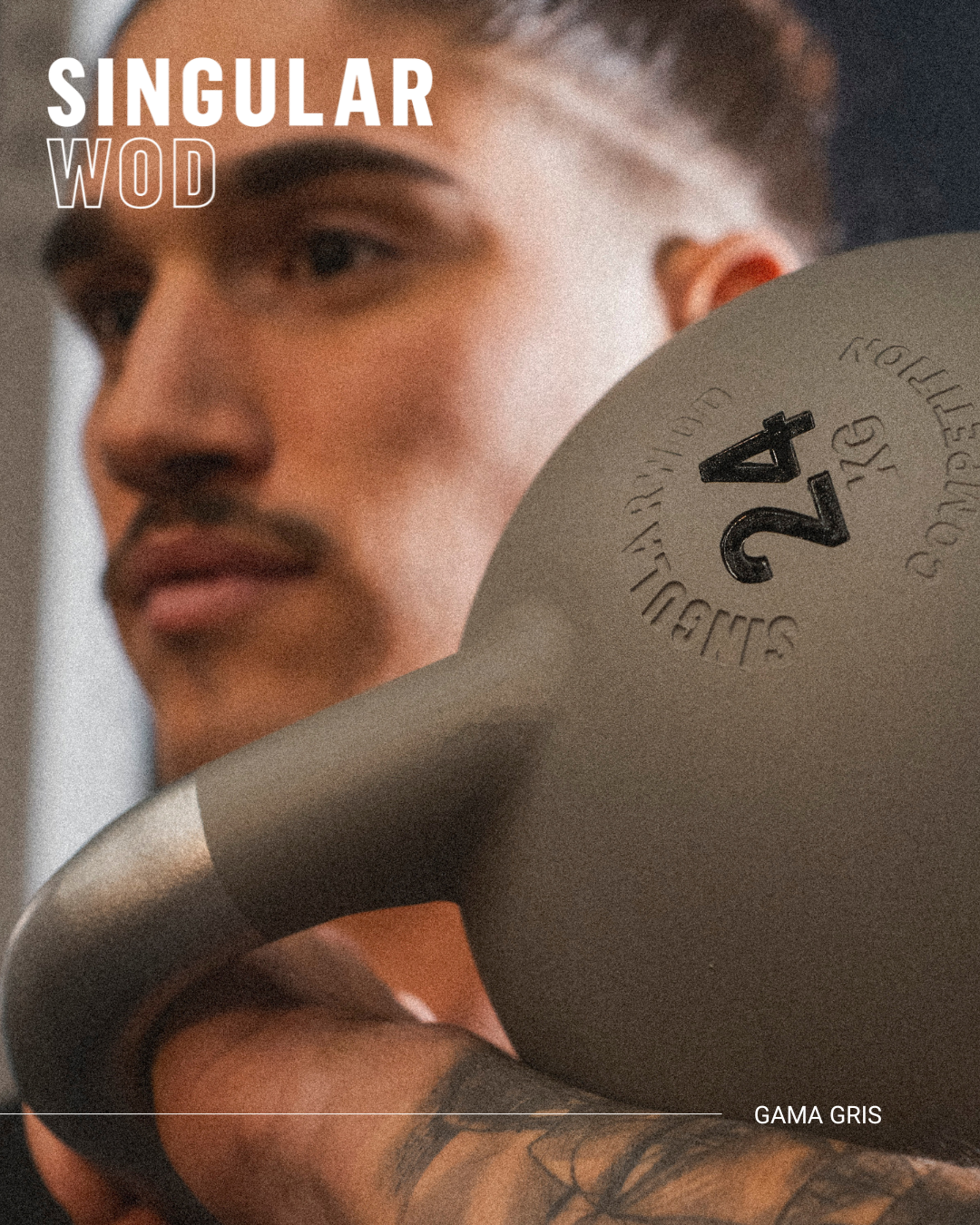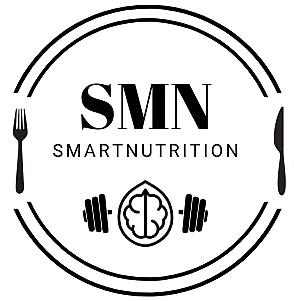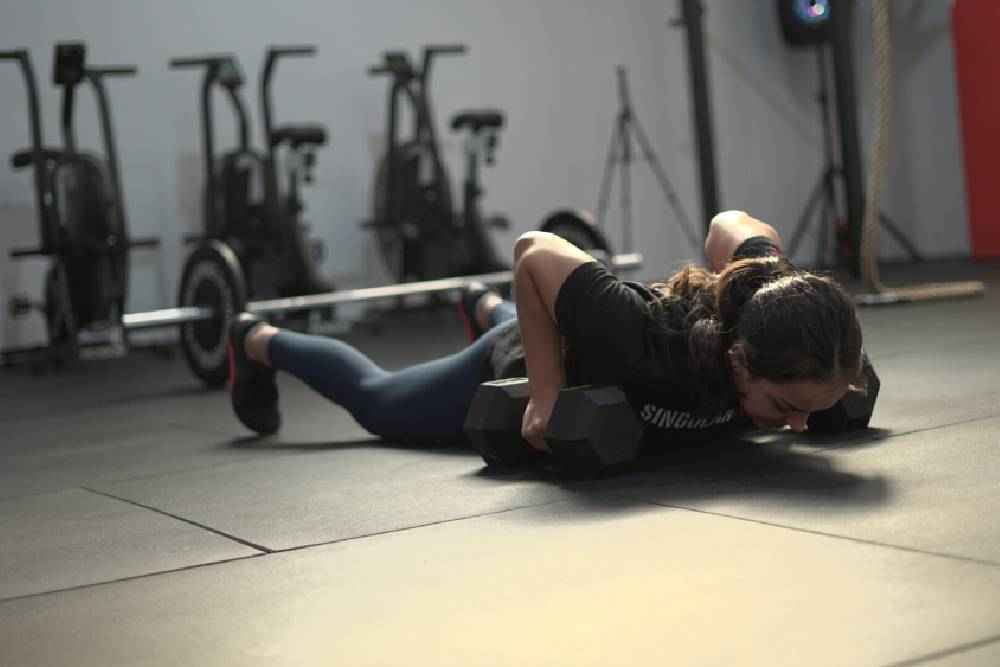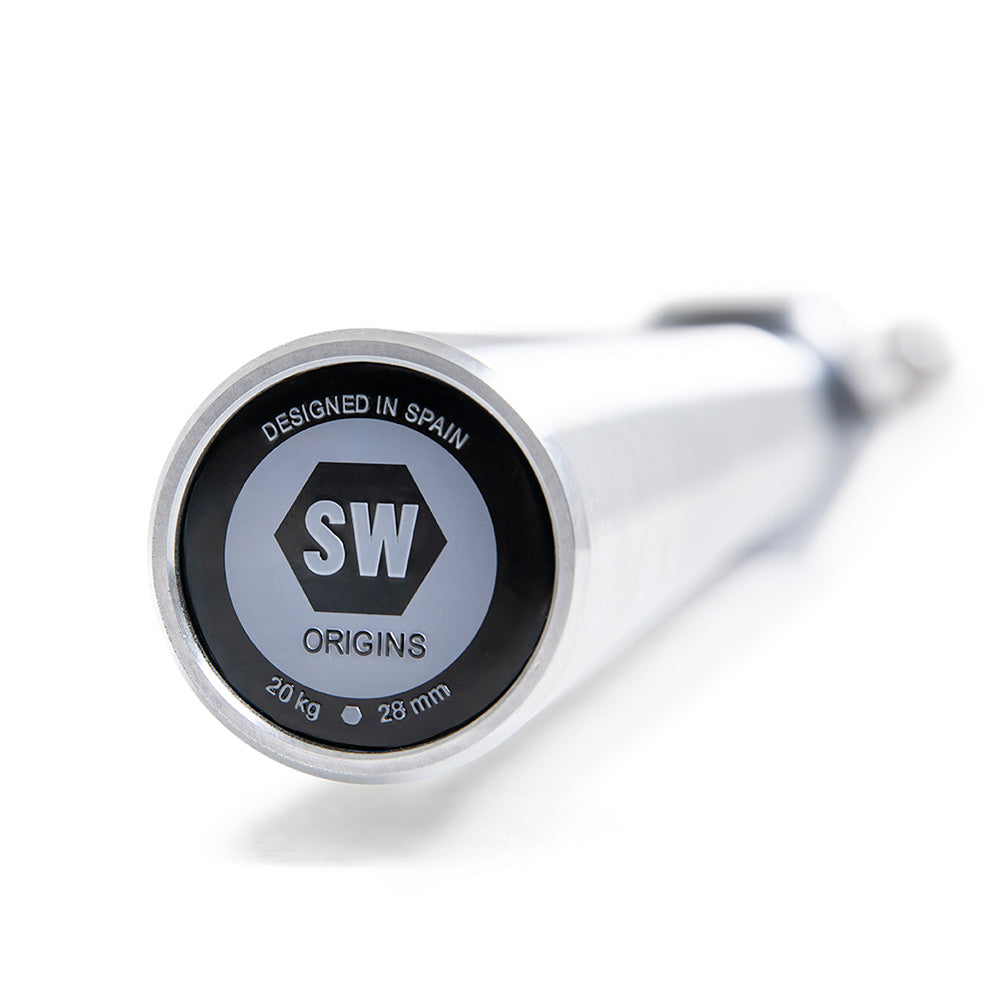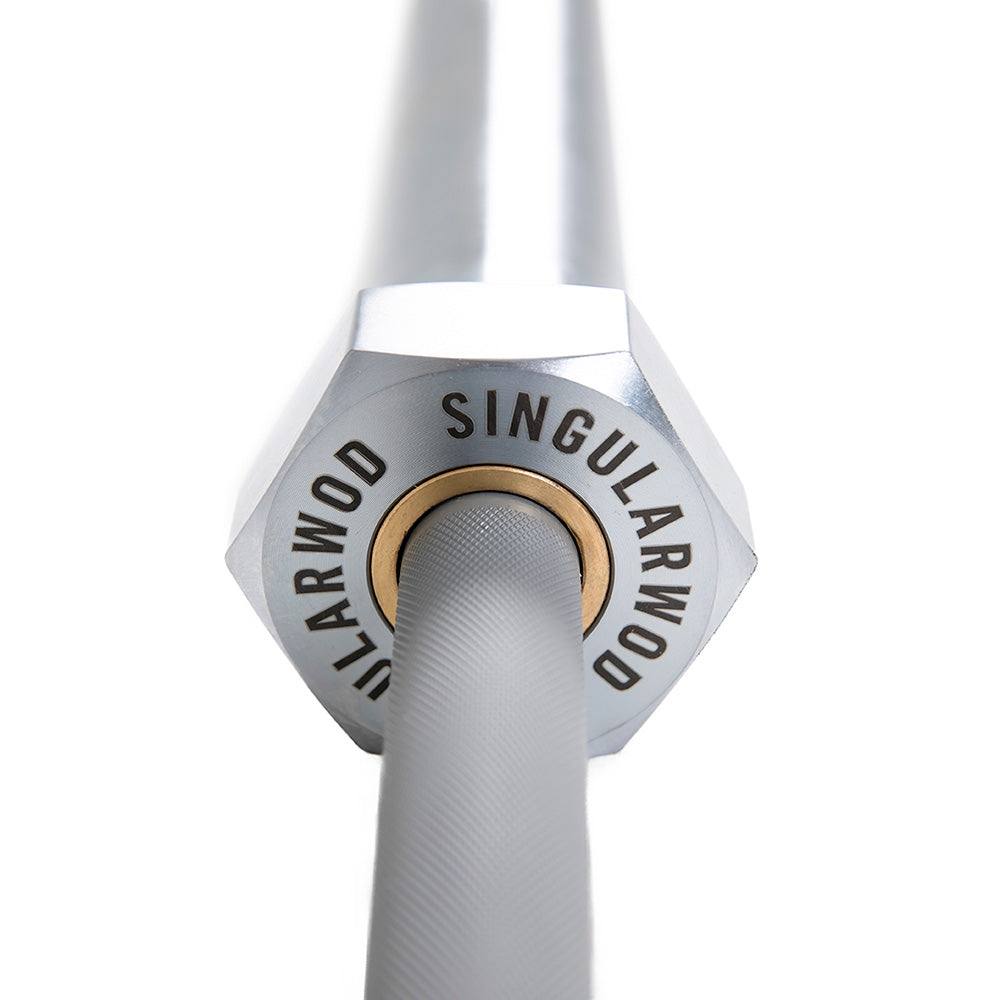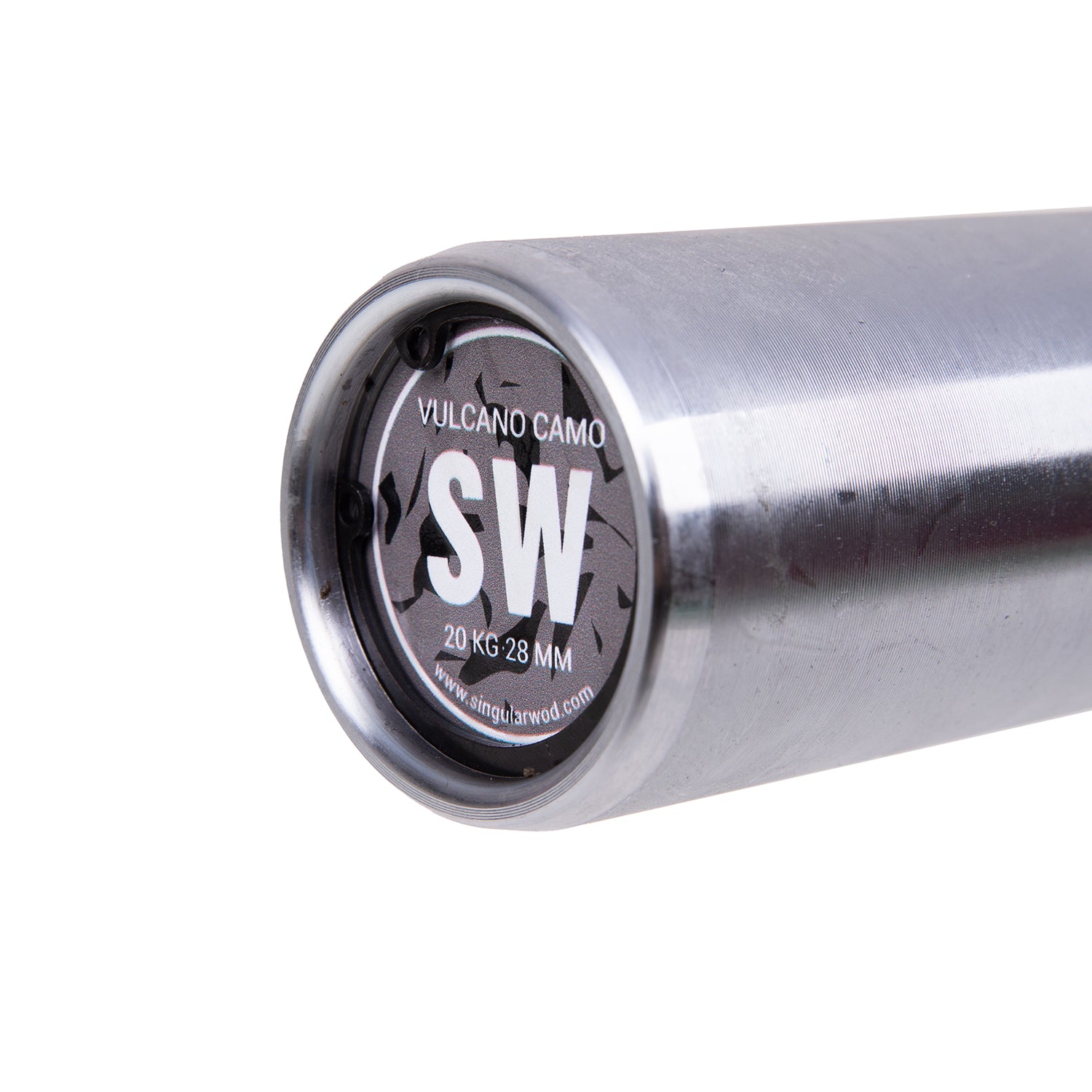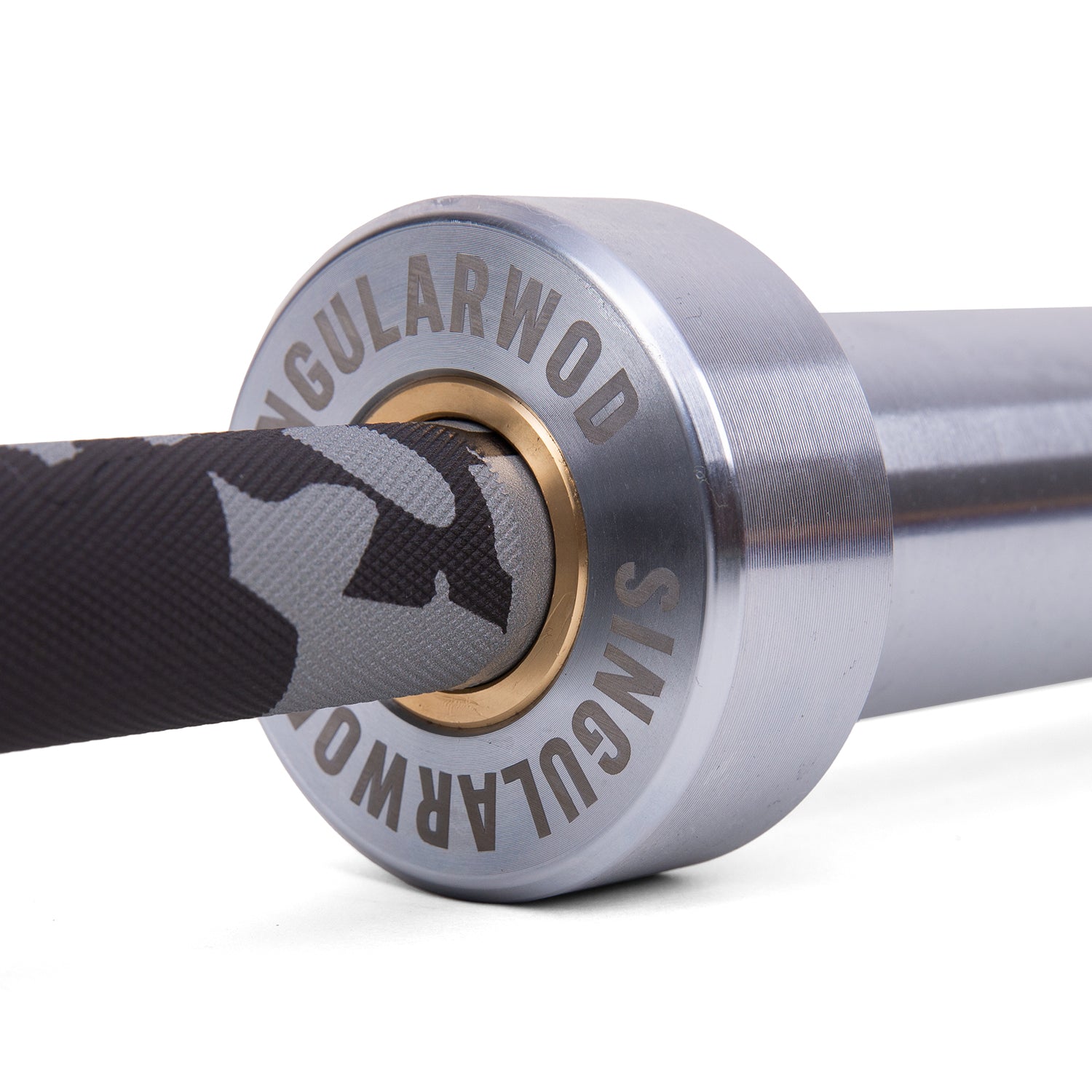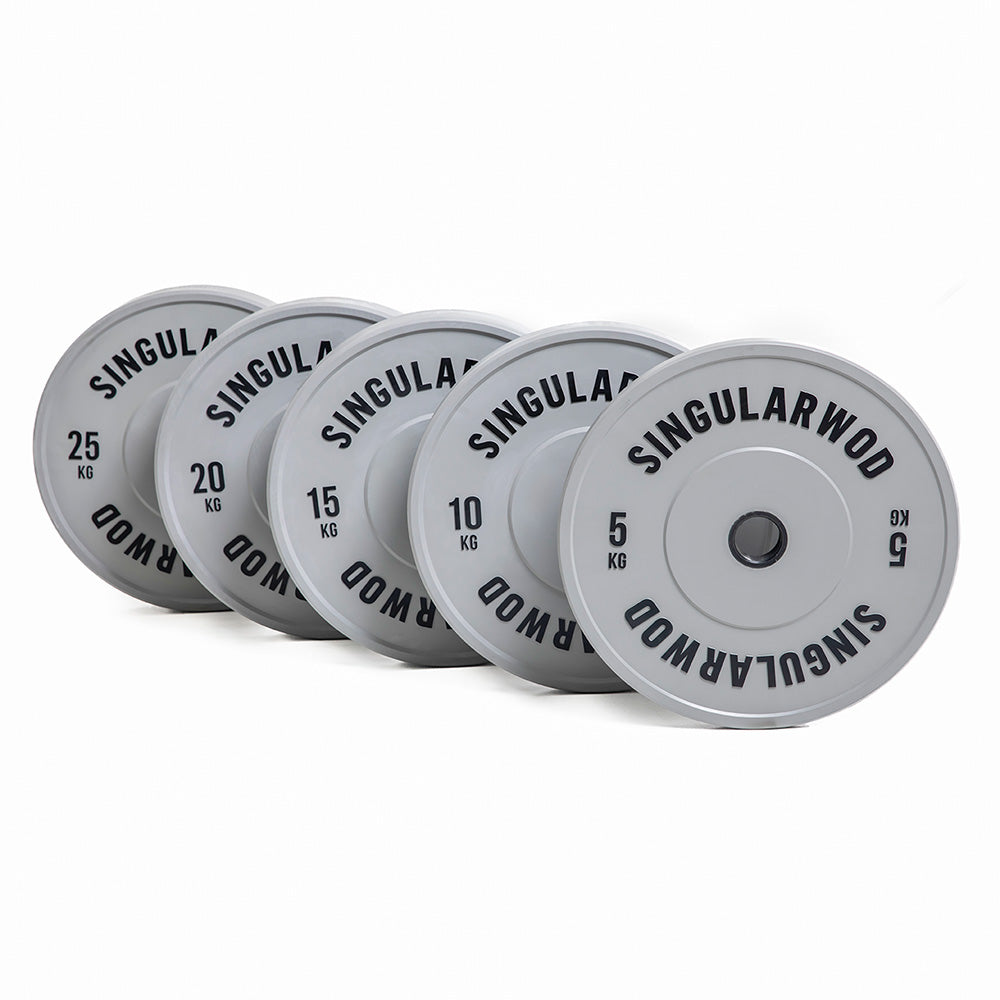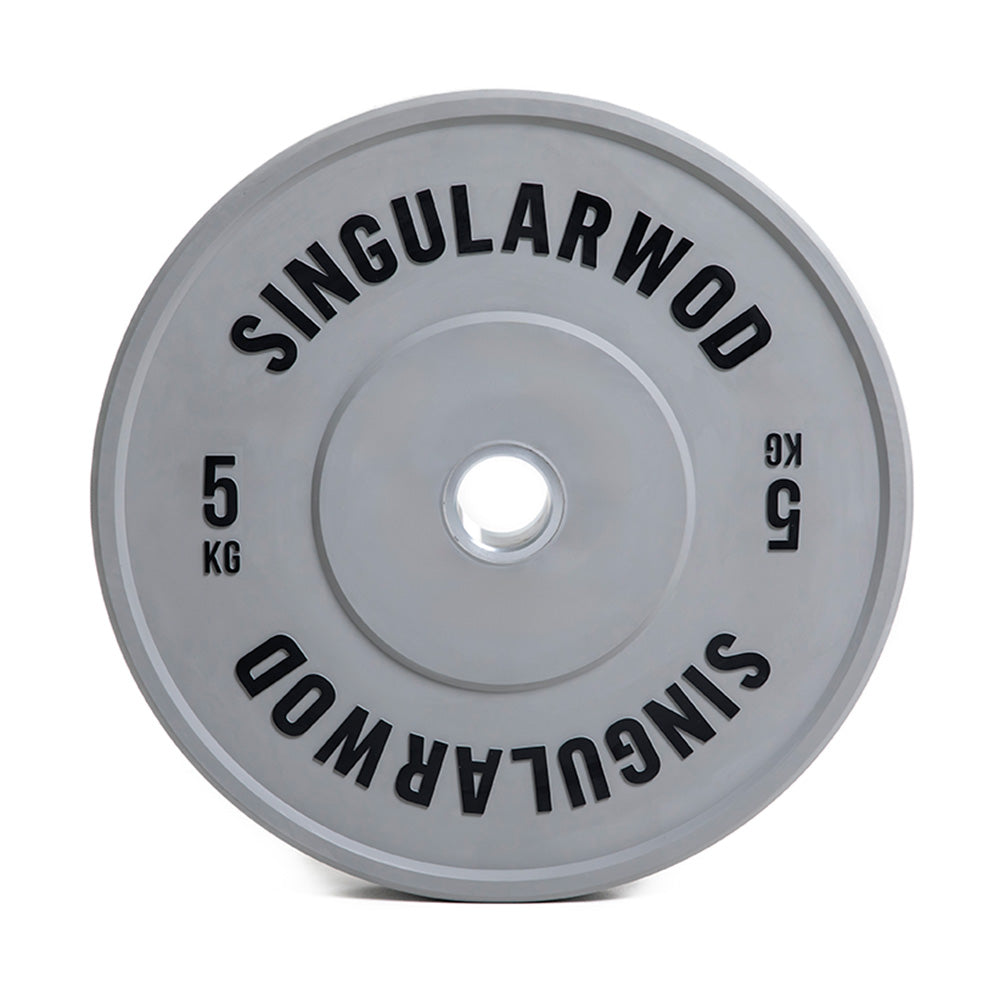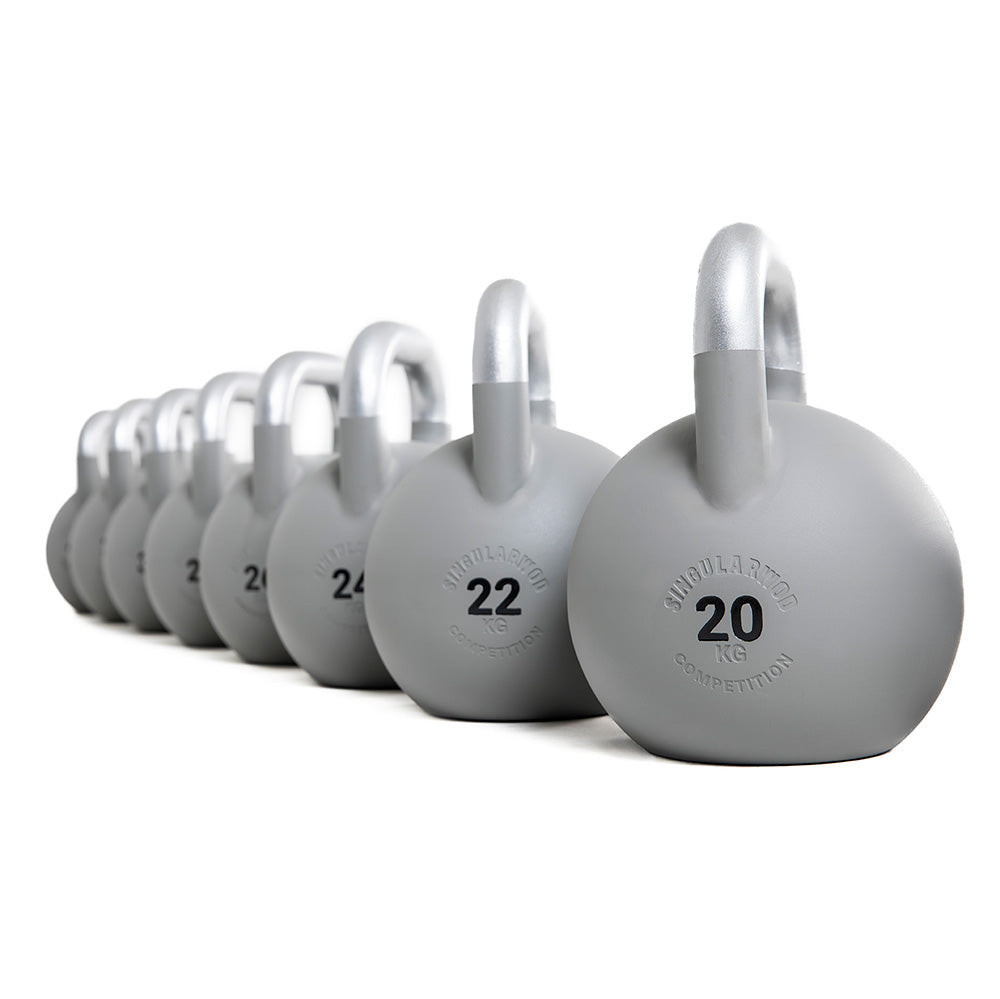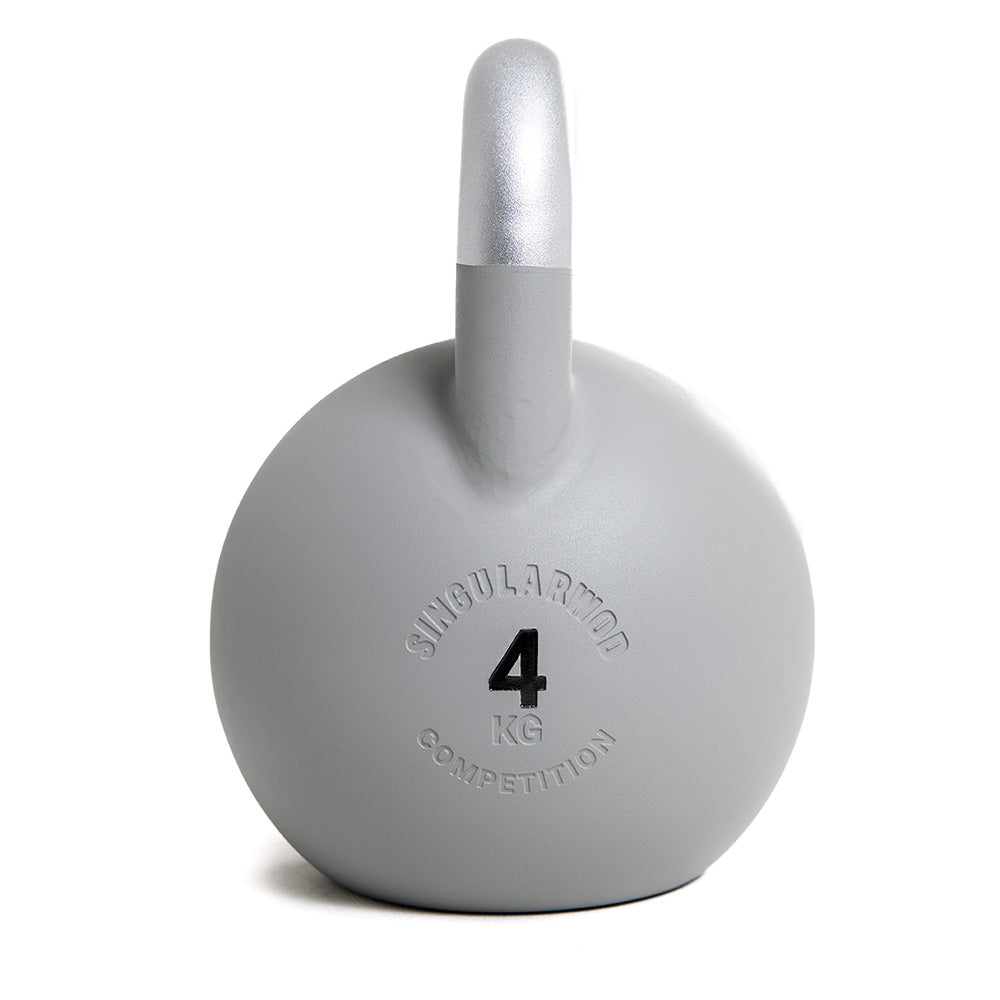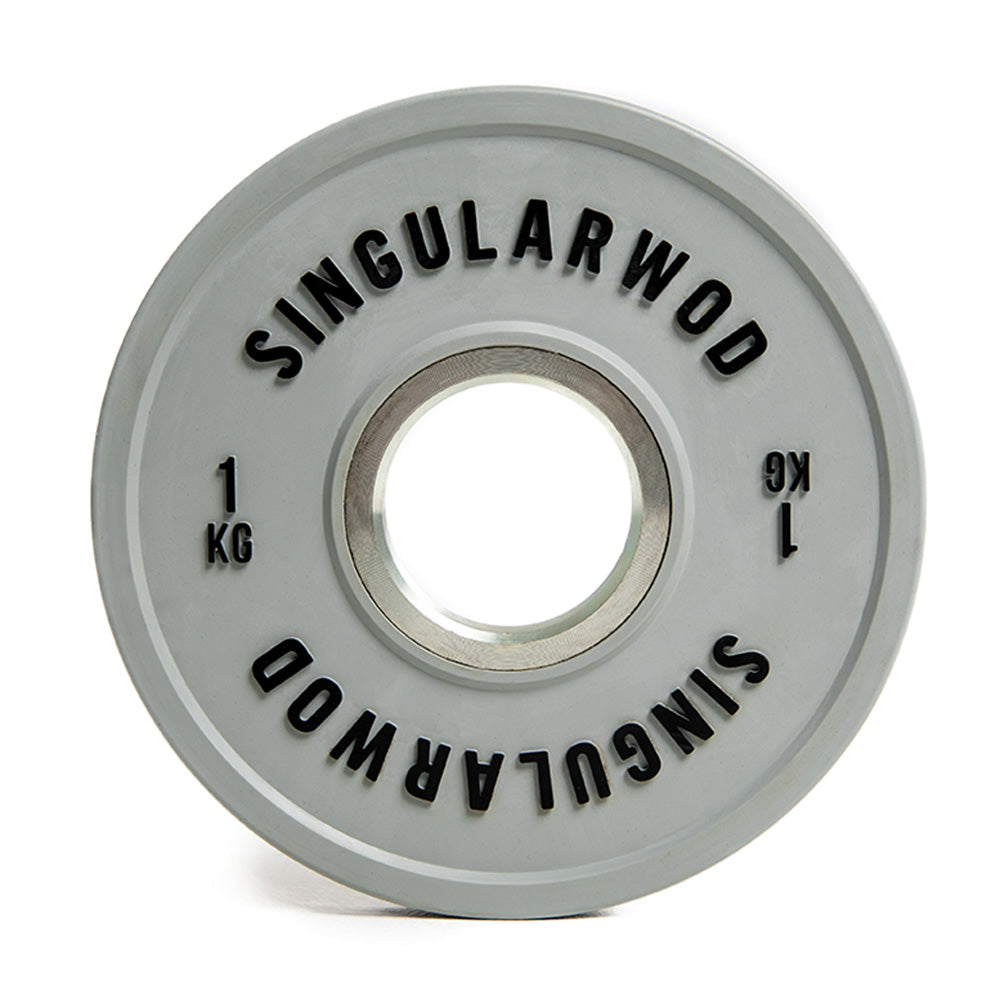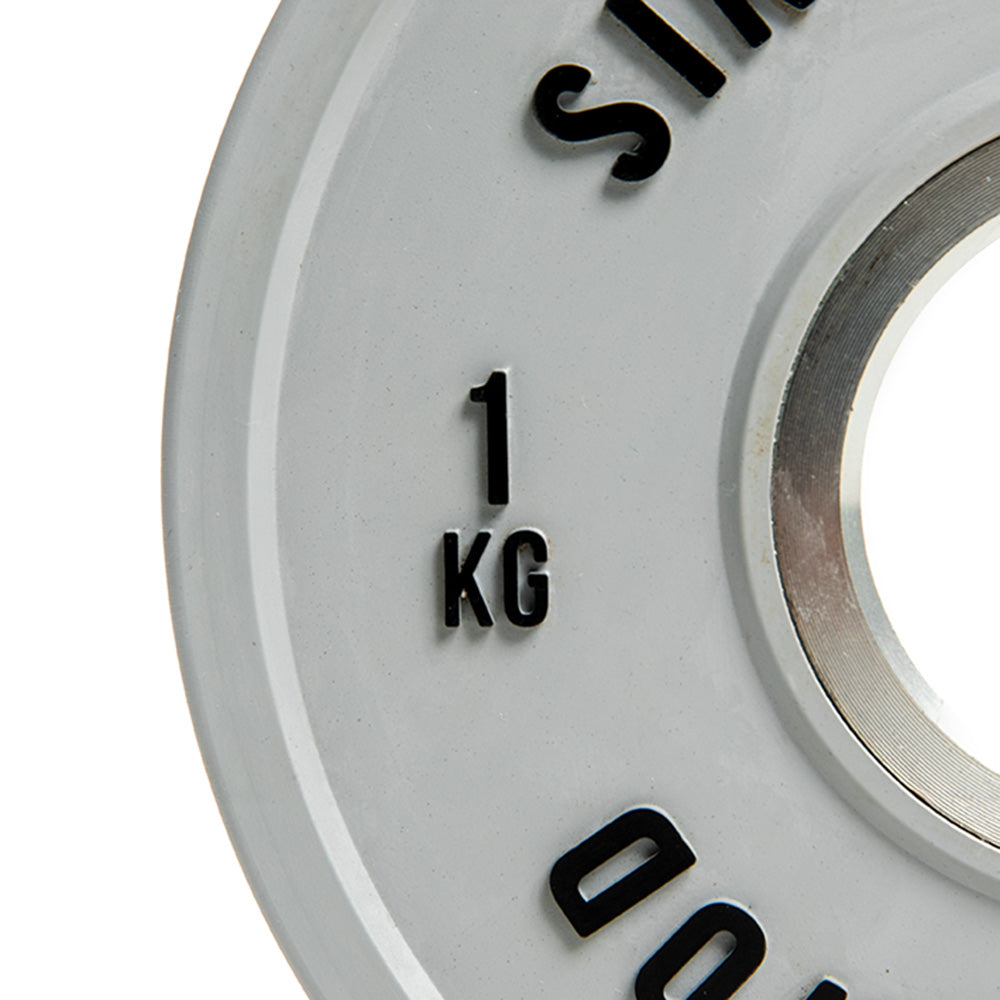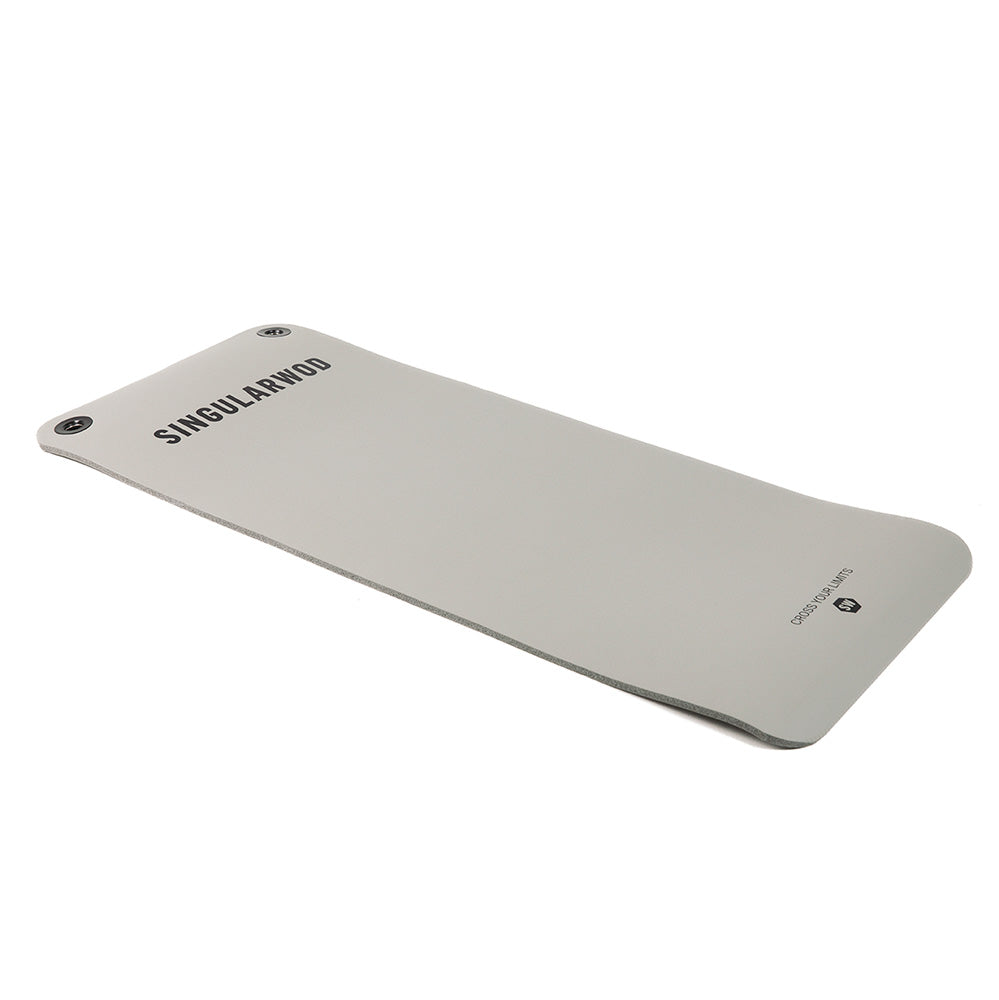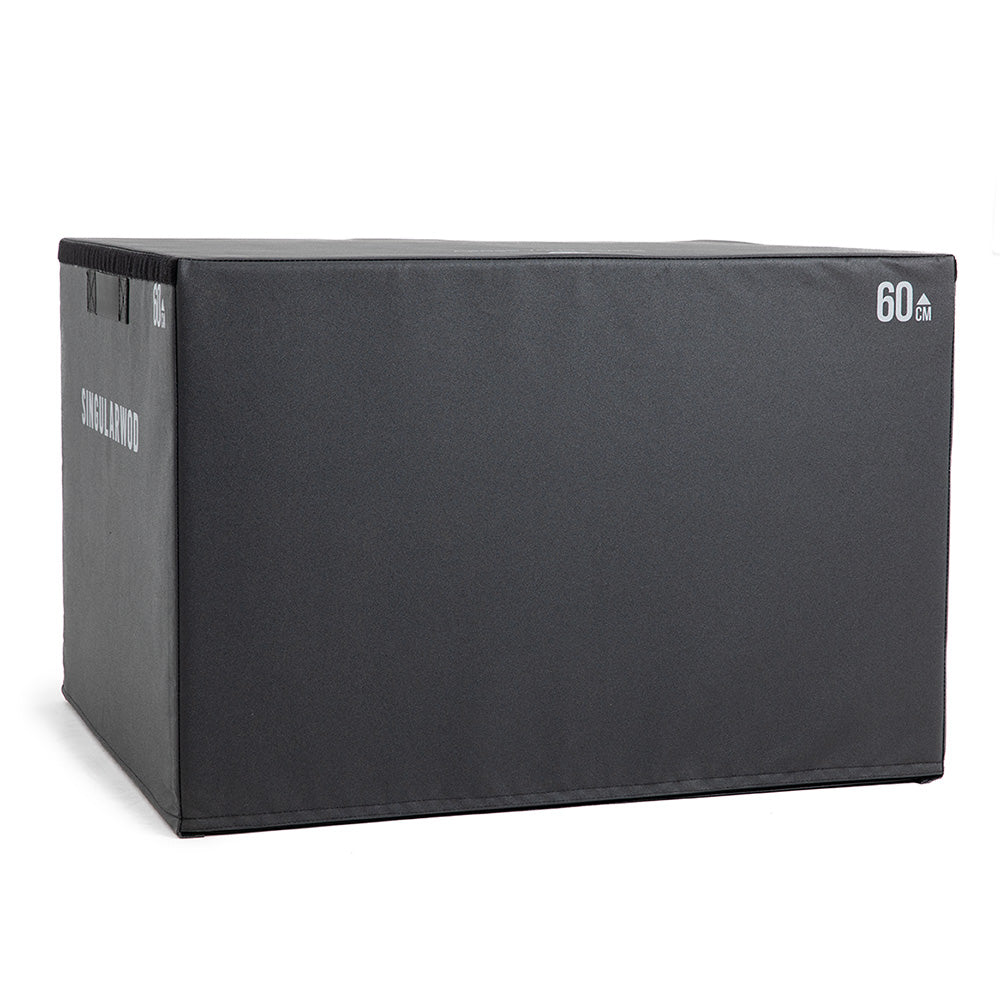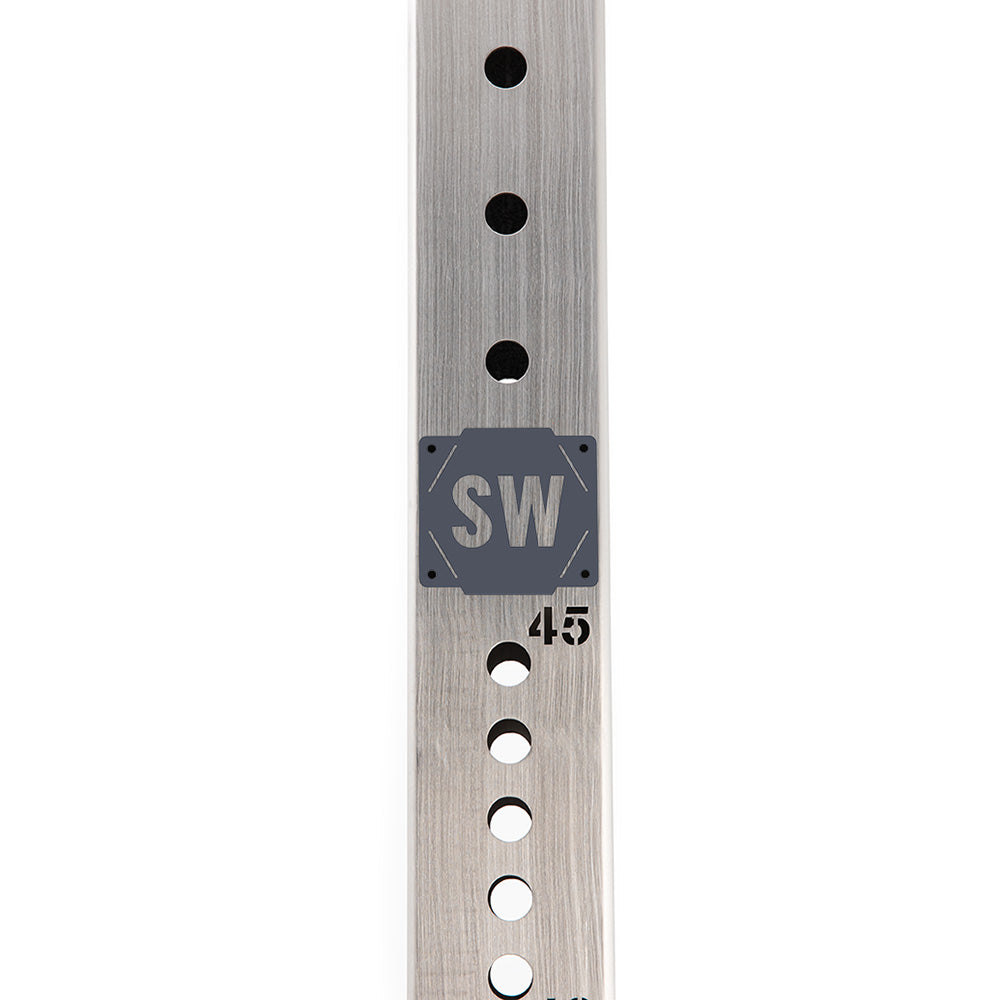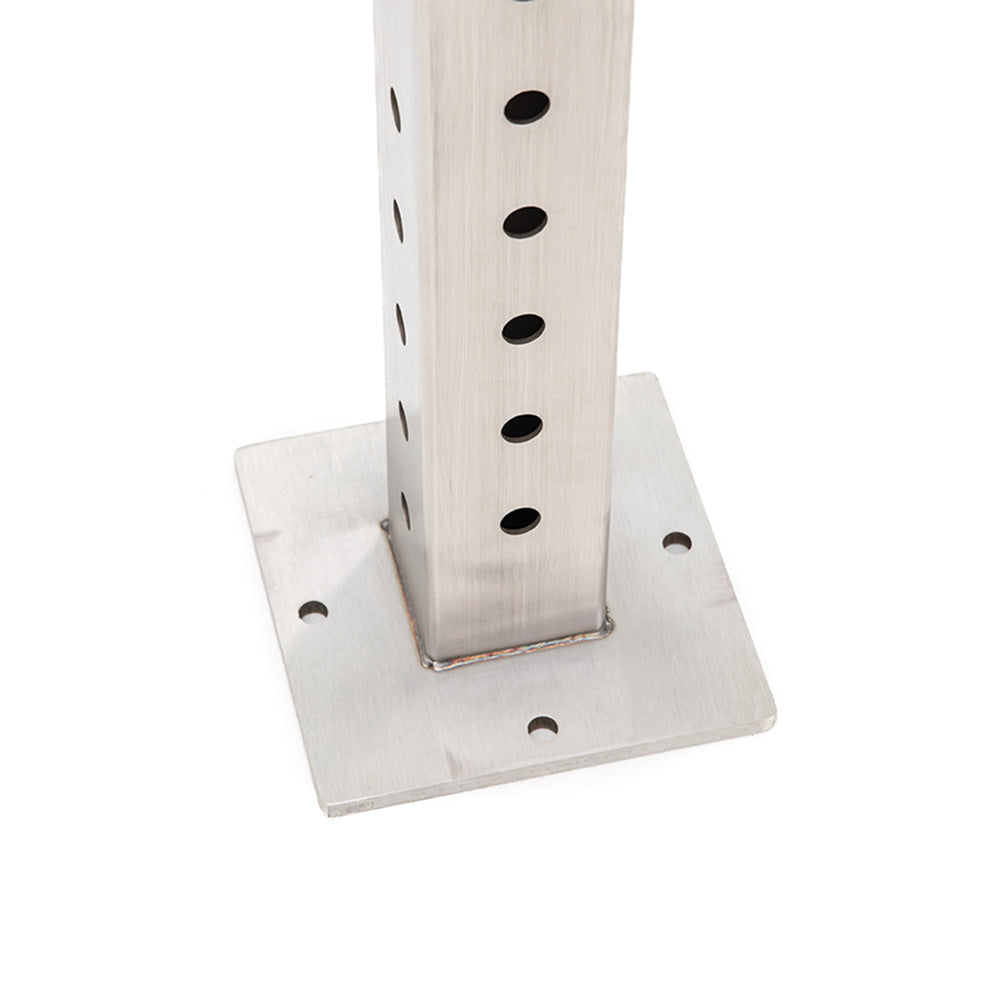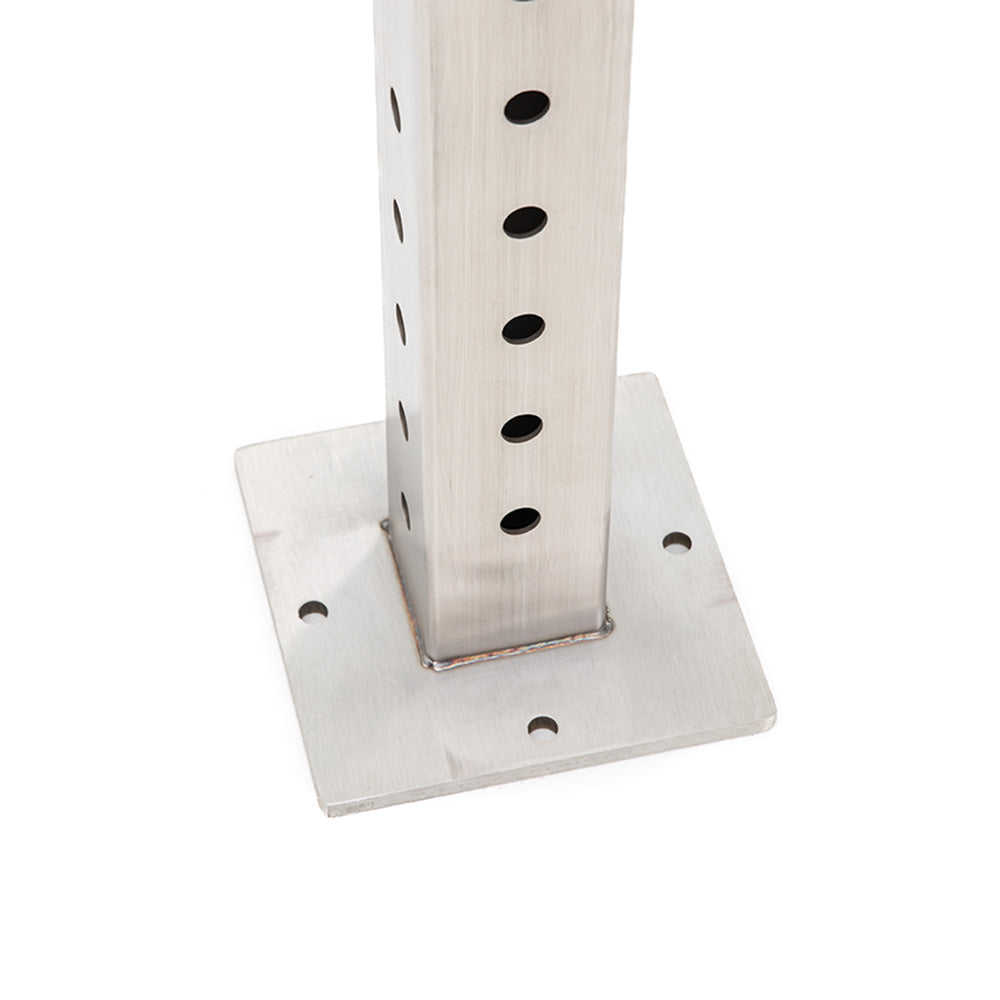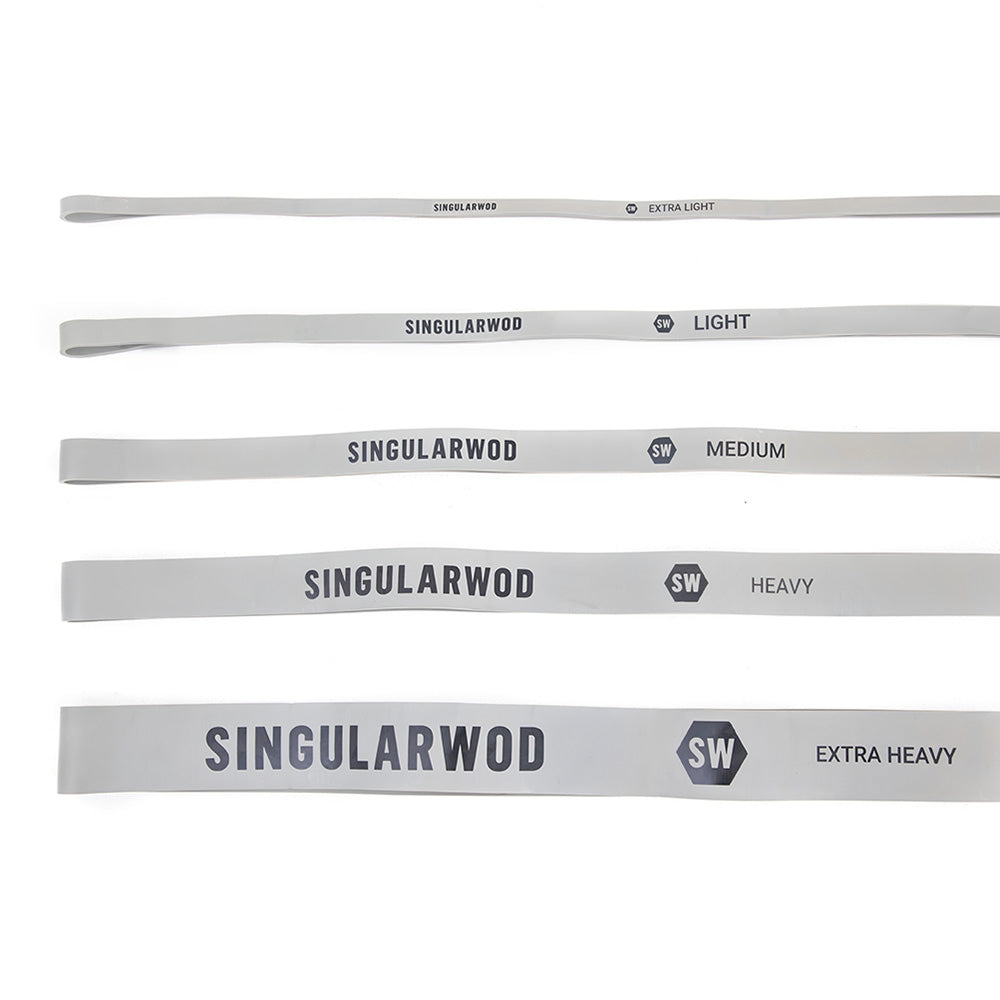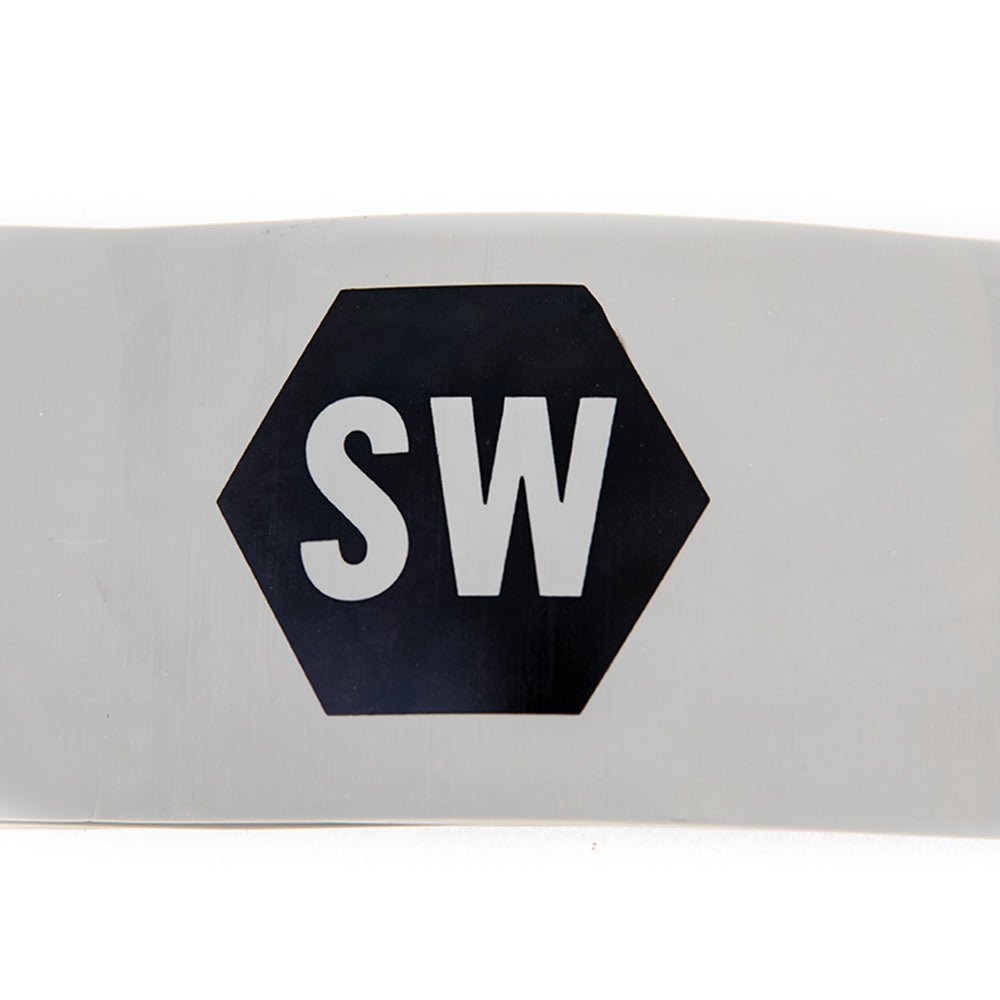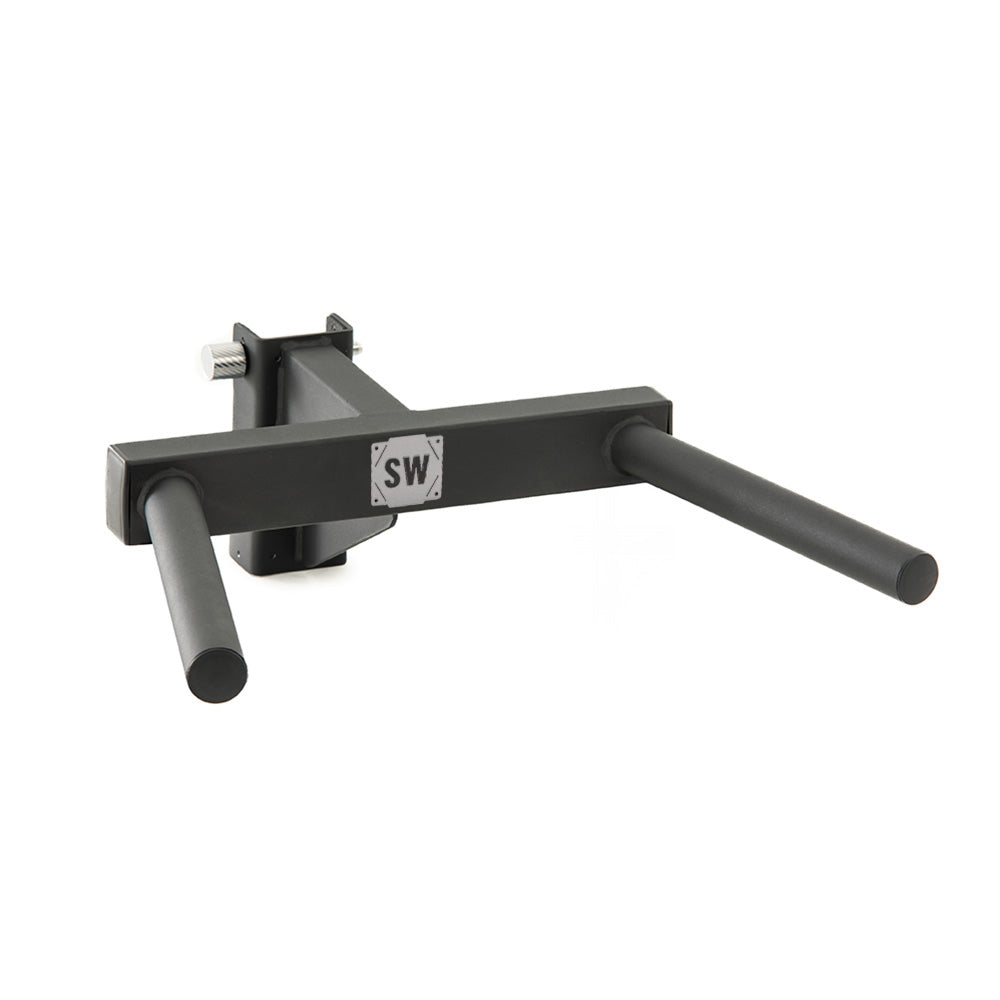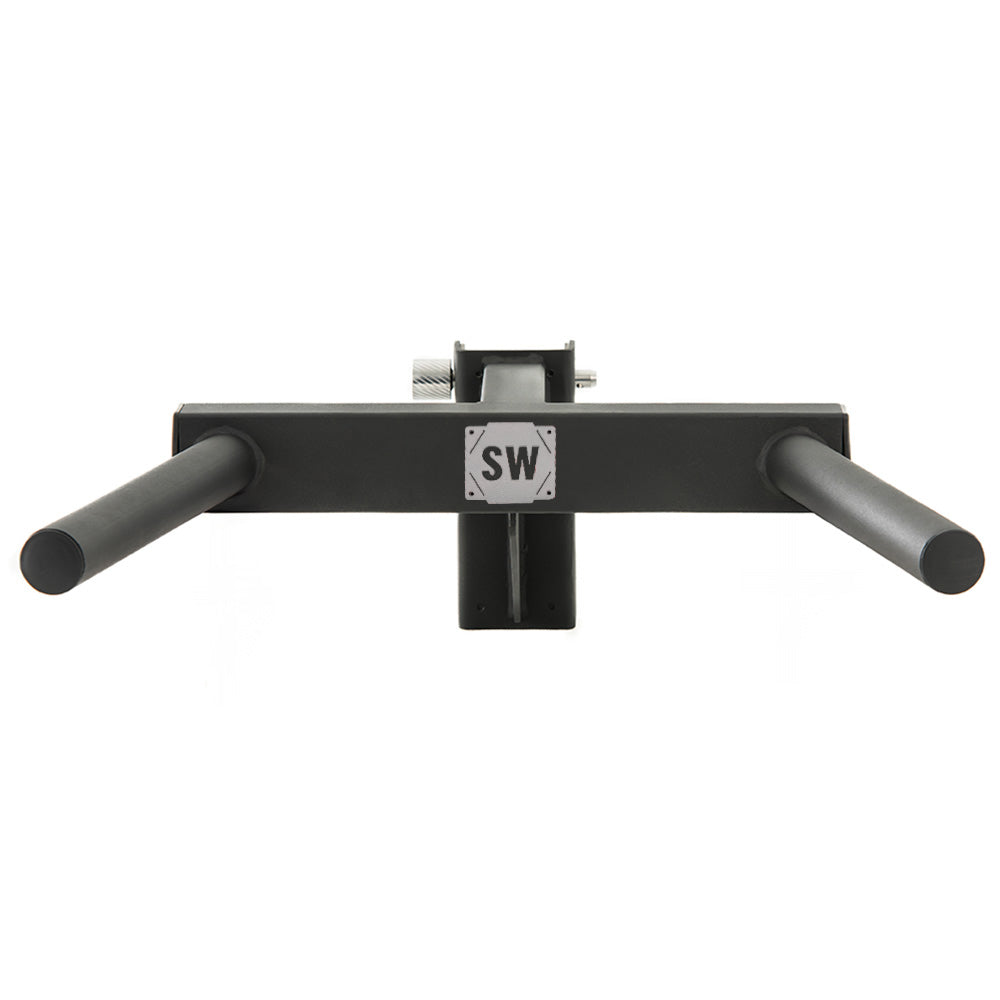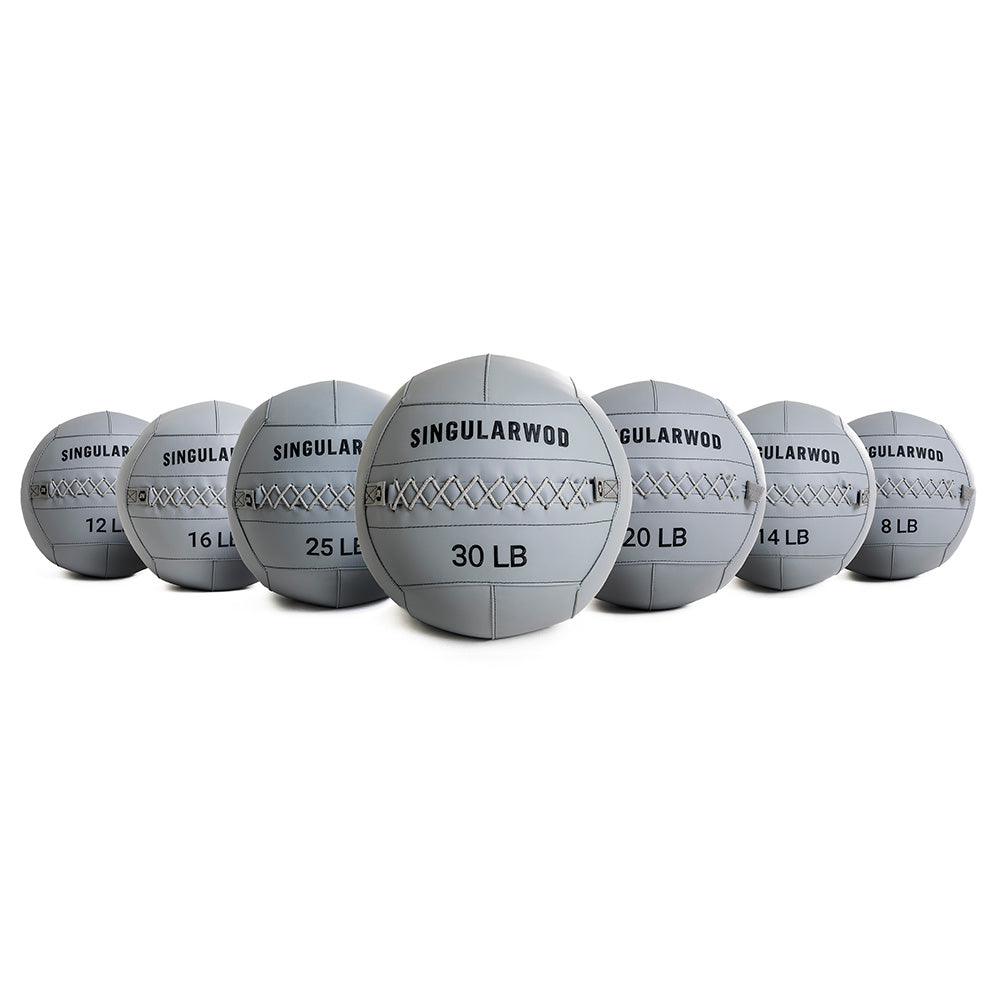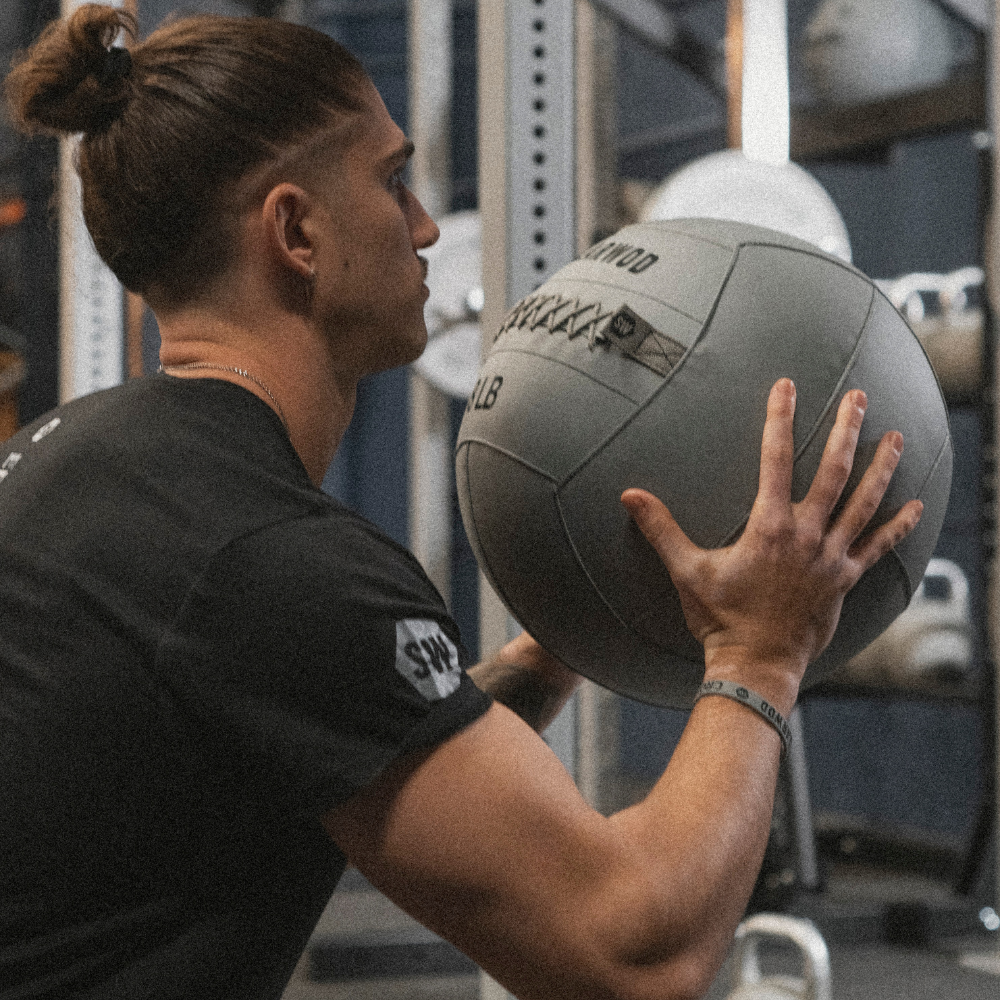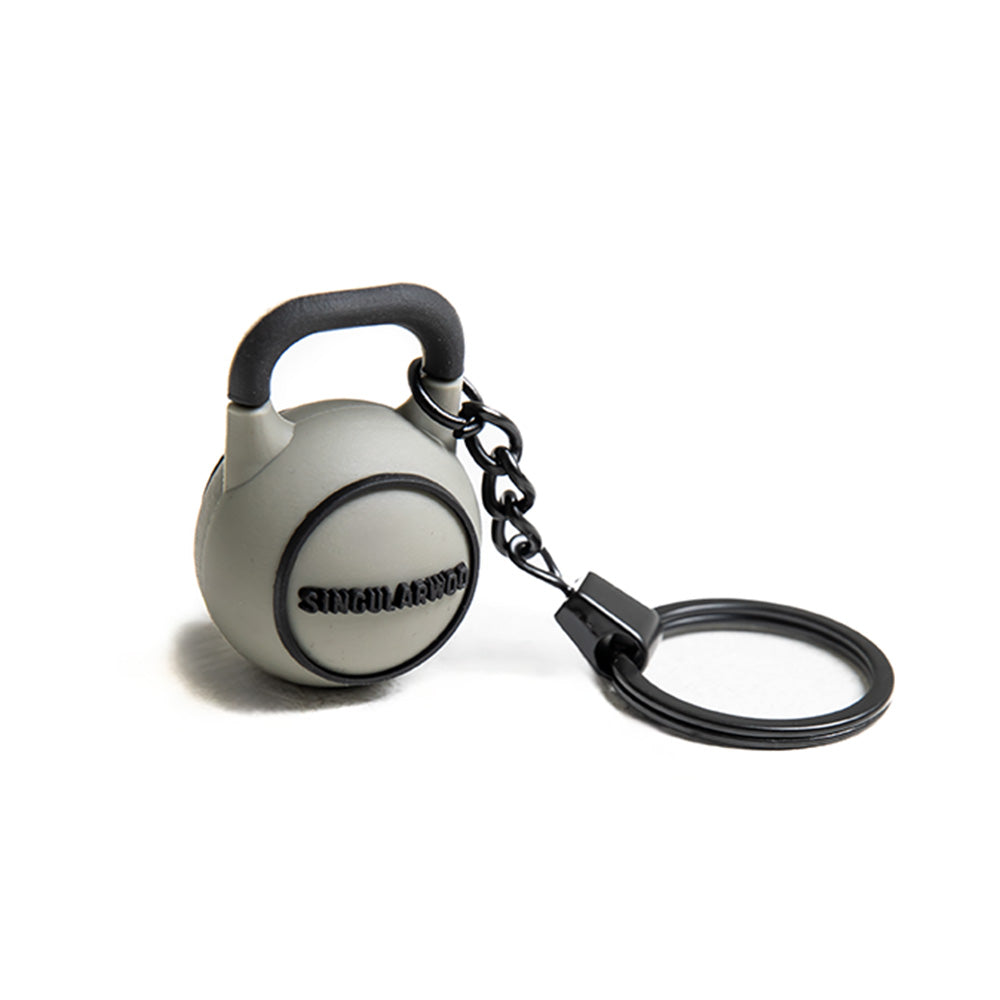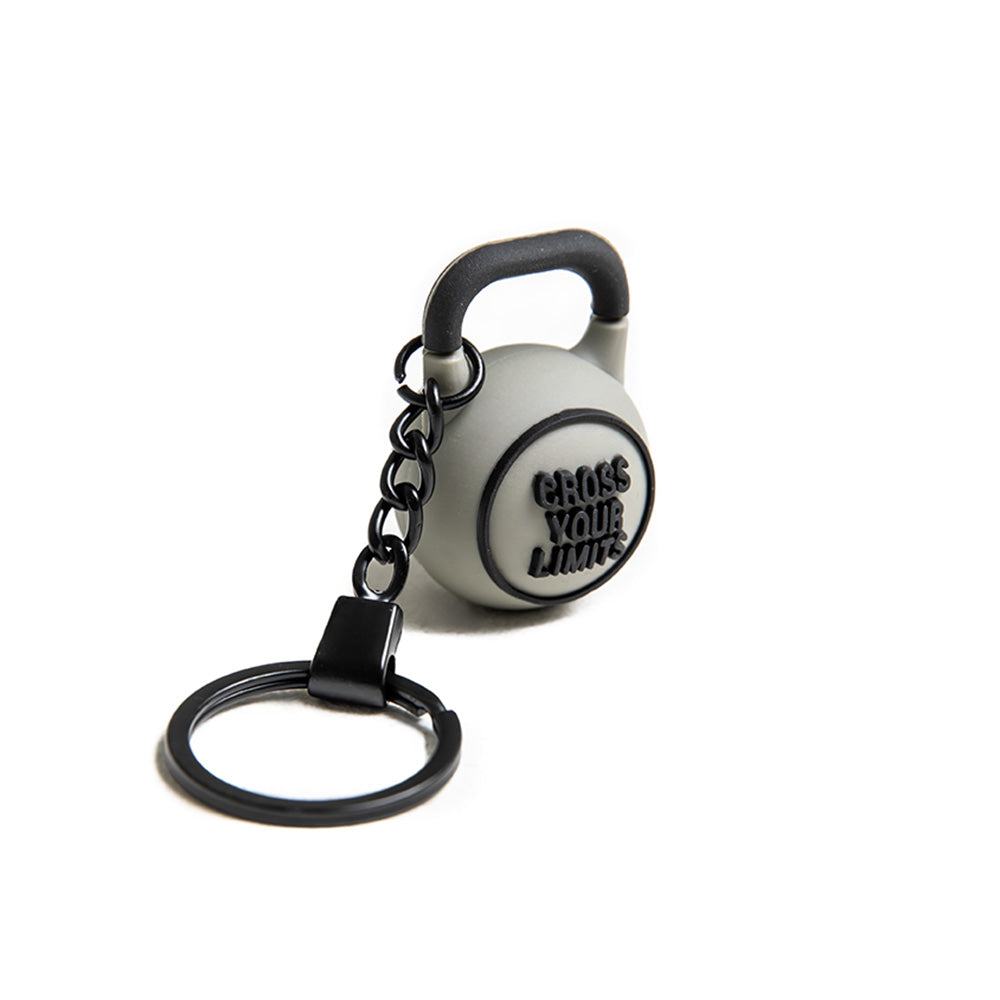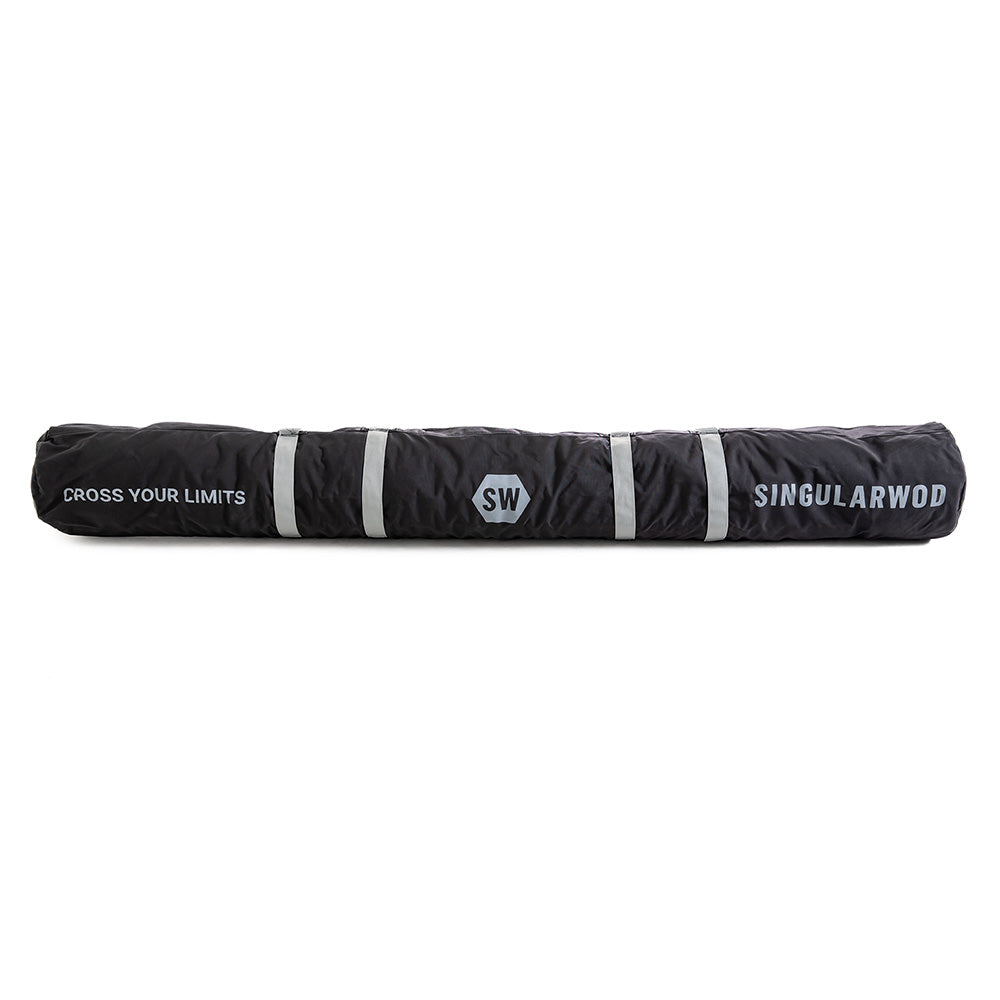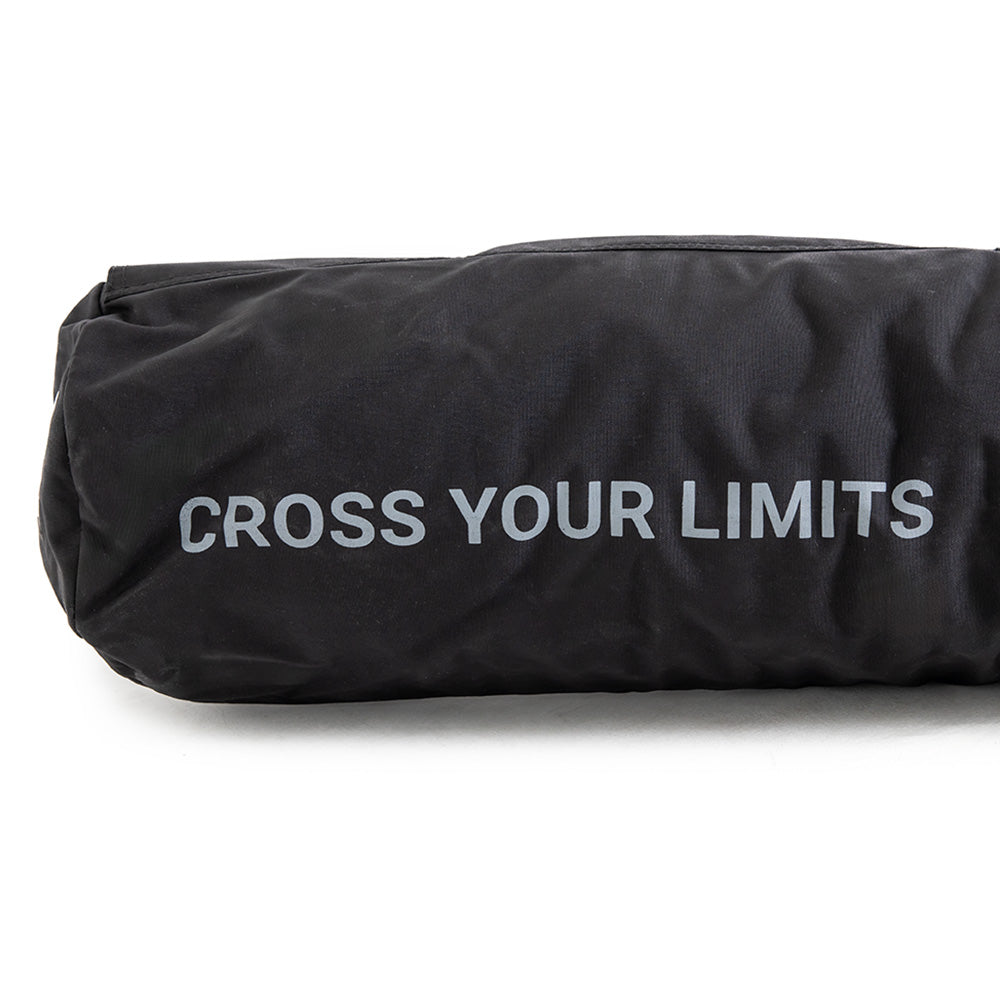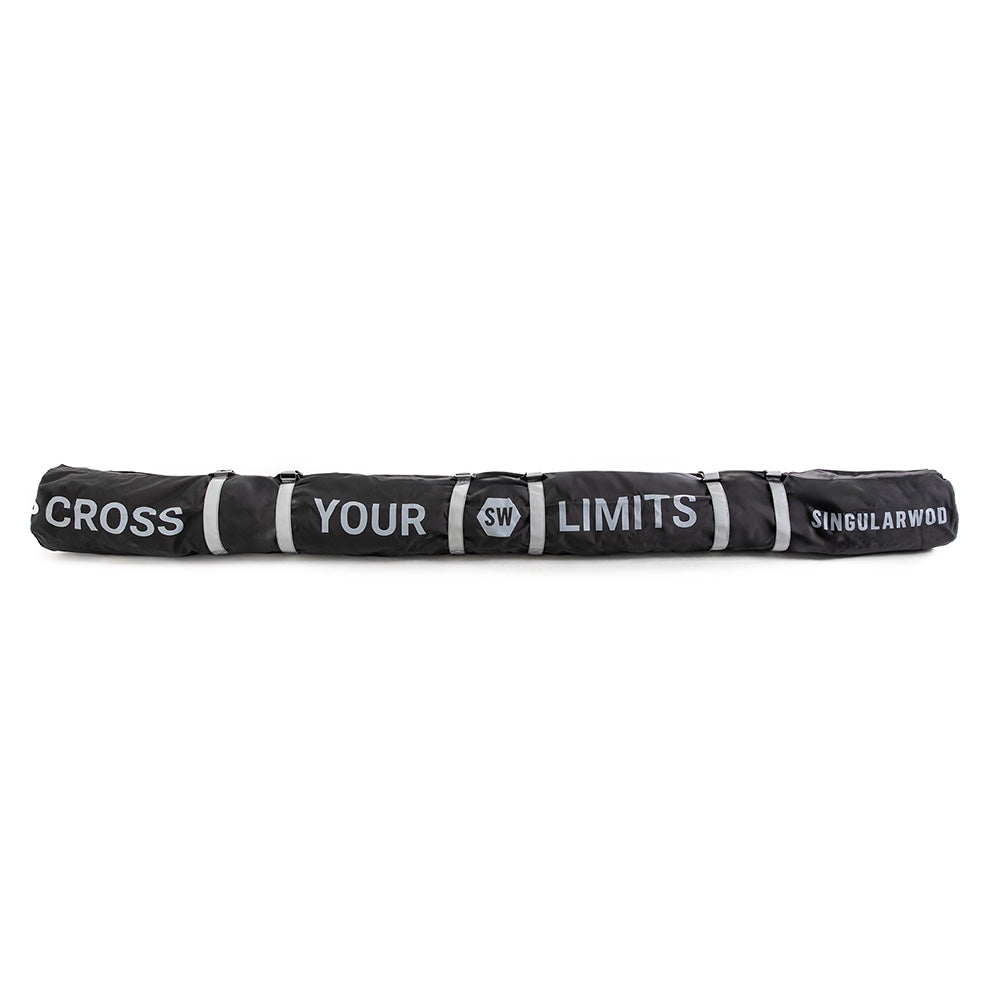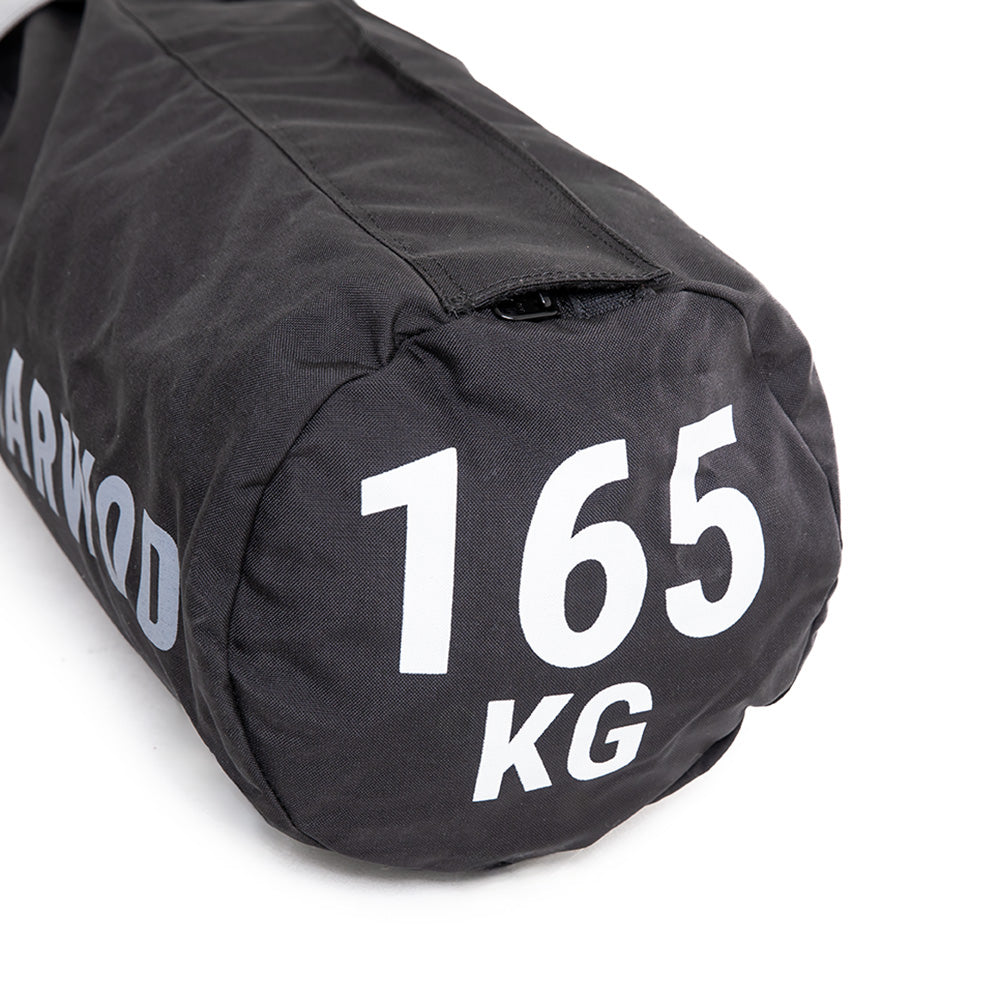With the arrival of summer schedule we will be able to enjoy more hours of light in the day, but despite this if we have not done our duties in the winter months (with fewer sunny hours) we can present a deficiency of such a vitamin Polifaceted such as vitamin D, it can even be found also called D. hormone for the topic we bring today is interesting.
From Smart Nutrition We want to tell you about the importance of vitamin D in relation to sport and in particular in Crossfit, why it is so important, where we can obtain it, if necessary to supplement and also offer some tips and tips to optimize its levels in our body.
What is vitamin D?
It is an essential liposolble vitamin for our body. We have two options to obtain it. These are sun exposure and what we get from food. In this way, there are two mainly interesting ways for us of vitamin D that are known as Vitamin D2 o Ergocalciferol and vitamin D3 or choleciferol.
The main difference is the way to obtain it:
While vitamin D2 is obtained from food of plant origin, vitamin D3 is obtained from food of animal origin and sun exposure. We can also use functional or enriched foods and also supplements or drugs.
Although structurally they can be different, its effect on the organism is identical. Virtually all the pre vitamin D that we obtain to perform all the reactions that will lead us to the active form of vitamin D we obtain it from sun exposure to ultraviolet ray B. It is in the skin where through choleol precursor molecules (7 -Dehydrocholsterol) we get vitamin D3 or pre vitamin D, which through its passage through the liver first to obtain 25-hydroxy-vitamine d and subsequent passage through the kidneys, we obtain the active form of vitamin D or 1.25-Dihidroxi-Vitamine d. In a summary way it is known as "Metabolism of vitamin D" (reference).
Vitamin D acts through VDR receptors and what is striking is the amount of these receptors that are distributed throughout the body, which makes vitamin D a very complete action molecule, acting from calcium homeostasis and phosphorus and on the immune system to muscle systems and heart muscle. All these action targets keep a very close relationship with sports performance (Reference 1) (Reference 2).
In relation to the main way of obtaining vitamin D, the recommendations indicated by some studies seem Not being attainable by much of the population, mainly due to the rhythm of life.
If our work is inside, we move by car or public transport and most of the year we make the wod inside the box or roof, it is very likely that our vitamin D levels are not optimal when spending much of the time to The shadow or exposing us through a glass or window.
Given the multiple functions that vitamin D has in our body, Special attention should be paid At our blood levels and assess reinforce them with a supplement, especially if we also practice sport regularly where vitamin D needs can be greater than in general population.
How do we know our vitamin D levels?
Through a blood analytical we can know the levels of its inactive or precursor form (25 hydroxivitamin d) to estimate vitamin D. levels we could establish a enough fork between 30 and 60 ng/ml measured in blood, being recommended for Athlete population approaching 40-50 ng/ml.
Where do we find it?
The main sources of vitamin D food D are found in dairy, blue or fatty fish and to a lesser extent in the egg. We also have enriched foods such as yogurts or milks that are interesting. Given its liposoluble nature, it is advisable to take into account this to optimize vitamin D treatments and also their absorption, trying to ingest enough lipids in the diet and pay attention if they are reduced from it due to caloric restriction reasons or nutritional preferences.
After having made all the checks we have seen, it is likely that many of us need a vitamin D supplement to achieve adequate status and benefit from this super vitamin.
How much vitamin D do we need?
The daily intake recommendations of a vitamin D supplement are around 2,000 international units (IU) per day. In research carried out in northern Spain (reference) They open the possibility of increasing that dose to 4,000 IU/day, accompanying the treatment of 8 to 12 weeks for the subsequent blood check.
It is important to take into account the diet and accompany the supplementation with meals with a certain amount of fatty acids (we could take advantage of the main meals of the day).
In addition to supplementation everything in our hand is recommended. As the main route of vitamin D is the sun, depending on our leather hue, a area where we live and needs, a daily exposure can be sufficient without sun creams during the times that we pass outdoors or try to take responsibility for taking more Time to the sun and make a regular and gradual exposure and not give us a sun binge in summer. We can also choose to perform an outdoor WOD, take advantage of active rests to expose or practice our mobility in the sun.
From Smart Nutrition We can help you optimize vitamin D levels and make the most of its potential, as well as to build a solid food base that meets all individual requirements and needs at any time of the season.
Both in person and online, we provide a totally personalized service. Do not hesitate to contact us through our social networks or website.
